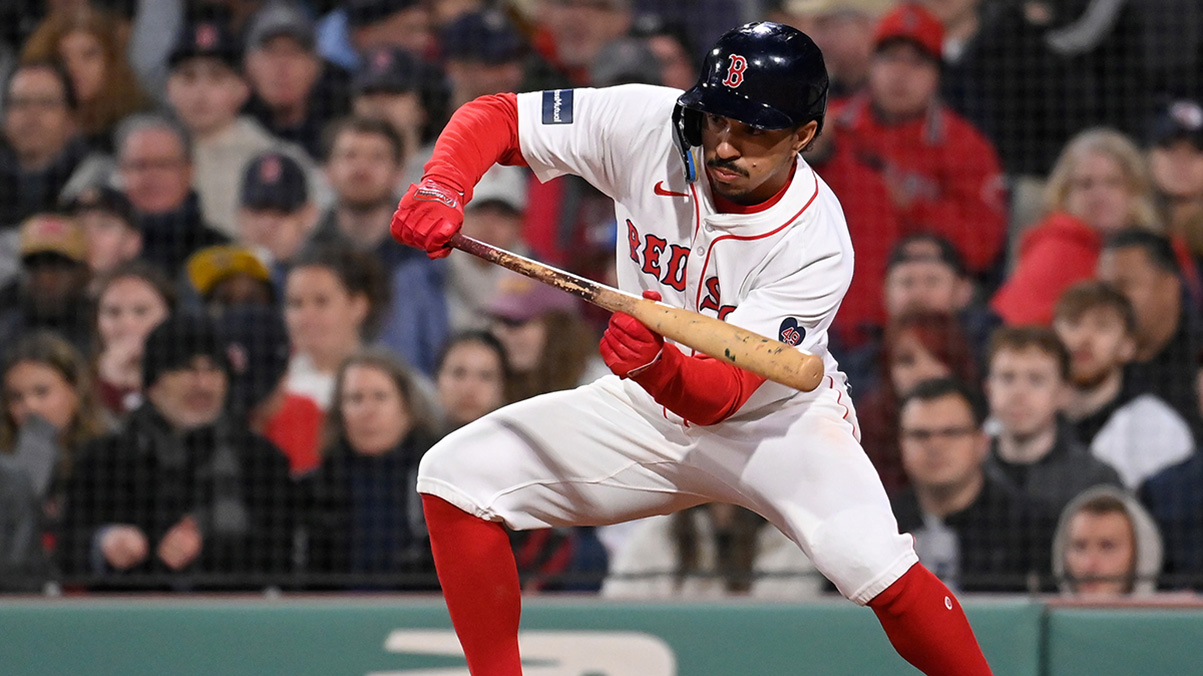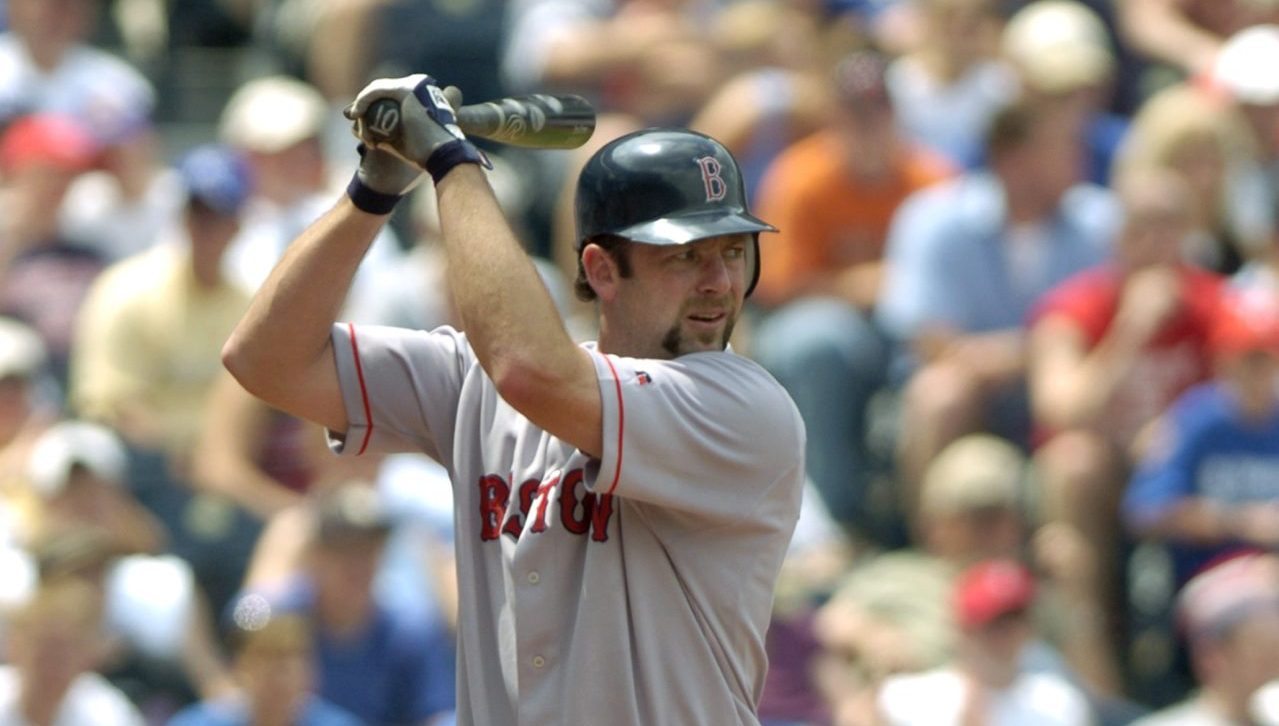
By Sean McAdam
CSNNE.com
Before the Red Sox gave Carl Crawford a seven-year, 142 million deal, they made sure to do their homework.
The club had special assistant Allard Baird trail Crawford over the second half of the 2010 season, hoping to gain some insight. While Baird was providing more traditional scouting reports, the Sox also had consultant Bill James, the preeminent sabermatrician, provide some detailed statistical analysis.
Recognizing that a long-term deal would be necessary to land Crawford, the Red Sox wanted to know what James could uncover about how well players who base their games on speed age as they get into their mid-30s.
(Crawford's seven-year deal will have him playing out the final year of his contract with the Sox at 36.)
James has written extensively about the topic before. Without disclosing the specific details of his study on Crawford, which looked into athletic players and their late-in-career productivity, he described highlights of his past research on the subject.
"As players age," James relayed in an e-mail, "their hitting skills decline and their speed decreases, which creates a kind of pincer movement that ultimately snaps careers. The number one thing that drives players out of the game is the loss of hitting skill, but the number two thing is the loss of speed.
Boston Red Sox
"As players slow down they become less able to play the key defensive positions -- center, right, shortstop -- and get pushed toward the positions for slower players, which are also the positions for big hitters. THE thing that drives them out of the game is not the loss in hitting ability in absolute terms. There are dozens of 37-year-old first basemen who could still hit enough to play -- if they could play the outfield. When their speed drops below a certain level, they're no longer able to play the outfield at a decent level, no longer able to hit enough to be a cleanup hitter, and they're gone.
"Well, visualize speed on a zero-to-ten scale, and assume that you're forced out of the game as soon as your speed drops below the level '3' or '4'. If one player starts out at '9' and the other one starts at '5', which one drops below '4' first? Of course (it would be the player who starts at '5')."
Looking at speed-based players from 1980 to the present, James found that a number of them -- including Gary Redus, Gary Pettis, Eric Young and Eddie Milner -- were out of the game at a relatively early age, their value having dissipated, at least in part, because they couldn't run as well as they once did.
But James also came up with a list of such players who had other strengths, as well -- on-base ability and extra-base power, specifically -- and found that those players aged particularly well.
"Rickey Henderson hit .315 with 37 stolen bases at the age of 40," James wrote. "Paul Molitor had 225 hits at the age of 39, hit .300 again at age 40. Craig Biggio hit 21 homers at the age of 40. Barry Bonds, as we know . . . well, let's not reference Bonds. Brett Butler played 105 games and hit .283 at the age of 40. Even Ron Gant, although you wouldn't think of him as aging well, hit .262 with 18 homers at the age of 37. Kirk Gibson hit 23 homers at the age of 37. Ken Griffey (Senior) played 106 games at the age of 39, and hit .300 as a part-time player at the age of 40. Kenny Lofton hit .296 and played 136 games at the age of 40. Larry Walker hit .298 at age 36, .289 at age 37, with power, although his wheels were gone."
Crawford appears to be the kind of player who fits into the latter group as he approaches his 30s.
For one thing, he recorded a career-best .495 slugging percentage in 2010. Correspondingly, he also posted career highs in homers (19), RBI (90) and had his second-highest total bases figure (297, just shy of his career-best 302 in 2005). Also, his on-base percentages in each of the last two seasons -- .364 in 2009, .356 in 2010 -- were higher than any in the first seven years of his career.
Moreover, Crawford won his first Gold Glove in 2010. While Gold Globe voting is highly subjective and, at times, seemingly hopelessly ill-informed (see: Jeter, Derek, and Palmeiro, Rafael) and not based on advanced defensive metrics, there's little evidence to suggest that, as he approaches 30, Crawford is slipping as an outfielder. For instance, Crawford's range factor per nine innings was 2.30 for 2010; his career range factor, meanwhile, sits at a nearly identical 2.31.
The tentative plan is for Crawford to hit third in the Red Sox lineup, which means his stolen-base total will continue to fall some while his run production skills could improve -- especially given the ballpark and the quality of the lineup.
"Nothing is 100, of course; all groups of players have washouts," James wrote. "Speed players age better, as a group, than any other group of players except what could be called the Adrian GonzalezDavid OrtizTed WilliamsJim Thome group -- the guys who are such tremendous hitters that even when they're not the same, they're plenty good enough.
"If you hit like those guys do, you're not forced out of the game until your speed reaches a very, very low level, like '1' on a 10-point scale. If you don't hit THAT much, like normal human beings don't, then you're forced out of the game when your speed reached '4' or '5'. The question of 'How fast does the player run?' is very closely related to the question of 'How long is his leash?' "
Sean McAdam can be reached at smcadam@comcastsportsnet.com. Follow Sean on Twitter at http:twitter.comsean_mcadam


